Mixed Media
Pieces in this category employ various materials in their construction. These mainly include resources from the natural environment, ranging from animal to botanical to mineral. The tools included in this section were made by Inuit makers and are made of different combinations of animal bone, stone, slate, metal, wood, and leather. The dolls created by Inuit artists used cloth and fur; those by Maya artists used cloth, fiber, wire, wood, and brown paper; and those by Haudenosaunee artists used combinations of cloth, feathers, fiber, leather/hide, silver, wood, yarn, corn husks, synthetic felt, string, and glass beads. Also included in this collection are a ceramic sculpture made with glass beads, brass, bronze, clay, feathers, leather/hide, and pigment as well as a piece comprising photographs and writing on paper. In addition to their primary uses, these pieces can also be viewed as artistic expressions as well as reflections of the environment and the makers themselves, who incorporate into their works elements that communicate stories, messages, and designs exclusive to themselves.
Tools
Tools used for hunting and food preparation are very versatile and can double as pieces in festivals and celebrations or as tools used in hunting, trimming hair, breaking stitches, and scraping hide. In addition to the utilitarian uses, they may also double as artistic representations, as designs or symbols may be engraved, painted, or etched on the sides of the piece. The materials used to construct these tools emphasize environmental conditions: these Inuit pieces—the Harpoon head, Saakuti, and Ulu—are often made from sturdy materials such as wood, animal bone, stone, or metal, as it benefits the variety of uses the pieces have, such as fishing, hunting, sewing, and other elements of everyday life.
Dolls
Dolls are created for different purposes, and often the kind of material used varies depending on not only the intention of the doll, but also the surrounding environment and traditional teachings. Today, dolls may be created as a form of artistic expression and can range in materials, and each doll is a unique expression of the artist and their desire to communicate. Maya makers often incorporate everyday actions, and details about the artist’s community are signaled through weaving patterns and dye used on the doll. Maya dolls are constructed from a variety of materials, including bits of wire, cloth, string, natural fibers, wood, and brown paper. Inuit dolls, made from softer materials such as cloth and fur, are often used as toys or tools for teaching children. The bodies of Haudenosaunee dolls were typically made with corn husks, whereas wire armature was used for dolls from the Maya region.
